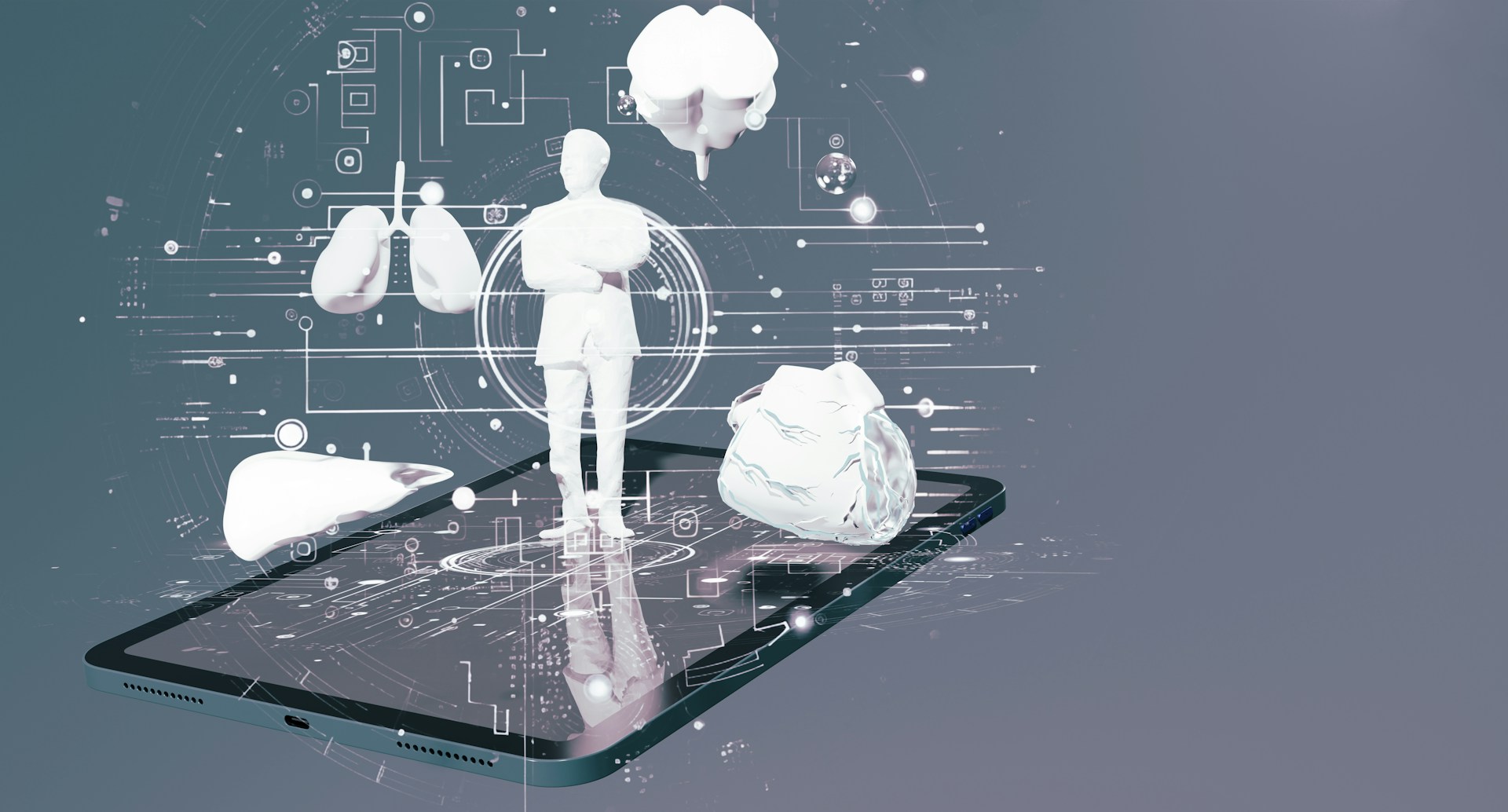What’s the Future of Technology in Healthcare – What’s New and What’s to Come?
Technology has long been the driving force behind advancements in healthcare, and today we’re seeing new tech developments that promise to take healthcare to even greater heights. From improving data management to enhancing patient outcomes, these technologies are completely revolutionizing how healthcare is delivered and experienced. Let’s explore the key ways technology is changing healthcare, offering glimpses of what’s to come in this rapidly evolving field.
Cloud Migration is Transforming Healthcare Analytics
Cloud technology is revolutionizing data management in healthcare, and its impact is only expected to grow. The shift to the cloud offers healthcare organizations unprecedented access to real-time data, making it easier to analyze patient information, streamline workflows, and improve care.
Cloud migration in healthcare analytics has paved the way for more integrated data platforms, where patient records, clinical data, and administrative information can be securely accessed and analyzed from anywhere. This shift helps to reduce costs and also enhances collaboration across departments and organizations, leading to faster, more accurate decision-making. Moving healthcare data to the cloud allows for scalable storage and streamlined processes, making it much easier for different healthcare providers to analyze large amounts of data and draw meaningful insights.
Accounting Software Revolutionizes Healthcare Treasury Management
One of the most impactful advancements in healthcare technology is in the realm of financial management, specifically healthcare treasury management. Managing funds in the healthcare sector is complex, involving revenue cycles, expenses, grants, and donations that must be meticulously tracked and reported.
Treasury management software for healthcare organizations streamlines these processes, offering healthcare providers more control over their financial resources. This software is designed to handle the industry’s specific accounting needs, automating tasks like billing, expense tracking, and compliance reporting to ensure that every dollar is accounted for.
With treasury management software, healthcare providers can optimize cash flow and reduce financial risks, supporting better decision-making at every level. The software’s real-time data access and reporting features make it possible to monitor financial health consistently, while predictive analytics help organizations anticipate future financial challenges.
Telemedicine and Remote Patient Monitoring for Increased Access
Telemedicine has become one of the most transformative developments in healthcare, expanding access to medical services and making it easier for patients to connect with providers without the need for in-person visits. This technology enables video consultations, remote diagnoses, and continuous monitoring, offering a lifeline to patients in remote areas and those with limited mobility. Telemedicine platforms have also evolved to include remote patient monitoring, where devices like heart rate monitors and glucose sensors transmit data directly to healthcare providers in real-time.
This technology offers immense benefits for chronic disease management, allowing providers to monitor patients’ health consistently and intervene if their condition changes. Telemedicine not only increases access to healthcare but also helps providers manage their caseloads more effectively, creating a more efficient and patient-centered model of care.
Artificial Intelligence and Machine Learning in Diagnostics
Artificial intelligence (AI) and of course, machine learning are taking healthcare diagnostics to new heights, enabling providers to make faster and more accurate assessments. AI algorithms are now highly capable of analyzing medical images, identifying patterns, and even predicting disease progression based on historical data. For example, AI-powered imaging systems are being used to detect early signs of cancer, analyze MRIs for abnormalities, and monitor changes in medical conditions over time.
Blockchain for Secure, Decentralized Health Records
Blockchain technology, known for its secure, decentralized nature, is being explored as a solution for managing electronic health records (EHRs). The unique structure of blockchain makes it nearly impossible to alter information without proper authorization, providing a secure way to store sensitive patient data.
With blockchain, healthcare providers can create tamper-proof records, ensuring that patient data is both accurate and accessible only to authorized users. The technology also makes data-sharing across providers easier, promoting a much more integrated approach to patient care while maintaining the necessary privacy and security of medical information.
Wearable Tech for Proactive Health Monitoring
Wearable technology has become an integral part of proactive health monitoring, allowing individuals to keep track of their health metrics in real-time. From smartwatches that easily monitor heart rate and sleep patterns to advanced sensors that measure oxygen levels and ECGs, wearables provide users with a comprehensive look at their health.
These devices are particularly valuable for managing chronic conditions, offering patients and providers continuous insights that can prompt timely interventions. For example, a wearable may detect abnormal heart rhythms and notify both the wearer and their healthcare provider, potentially preventing a serious health incident.

